Get ready for the West Coast EMT Block Exam 2025 with this comprehensive set of 100 practice questions, complete with expert rationales to ensure exam success. Tailored for EMT students, this resource covers essential topics including patient assessment, airway management, cardiac emergencies, and trauma care, fully aligned with the West Coast EMT curriculum. Each question is designed to reflect the exam format, with detailed rationales providing clear insights into correct answers and key concepts. This practice set is your ultimate guide to mastering the 2025 EMT Block Exam and advancing your career in emergency medical services.
Preview
1. The EMT is legally obligated to protect a patient’s privacy according to _____________.
A) APGAR
B) CQI
C) HIPAA ✅
D) DCAP
Rationale: The Health Insurance Portability and Accountability Act (HIPAA) ensures that
patient health information remains private and secure. APGAR is a newborn assessment
tool, CQI refers to Continuous Quality Improvement, and DCAP is an acronym used in
trauma assessments.
2. What is an EMT’s primary service area?
A) The only area the EMT is certified to provide patient care
B) The main area in which the EMS agency operates ✅
C) The area serviced by the EMT’s medical director
D) The location where the EMT provides essential care during a 9-1-1 call
Rationale: An EMT’s Primary Service Area (PSA) is the geographic area where their EMS
agency is responsible for responding to emergency calls. It is not limited to certification
zones or the direct oversight of a medical director.
3. What should an EMT do to limit errors in the field?
A) Contact medical direction before initiating any treatments.
B) Carry an EMT textbook for reference at all times.
C) Follow the agency’s written protocols. ✅
D) Deviate from established standards when necessary.
Rationale: Following established protocols and guidelines minimizes errors by ensuring
that EMTs adhere to standardized procedures. Deviating from these protocols can result in
patient harm or legal consequences.
4. Which of the following courses requires about 150 hours of training?
A) EMT ✅
B) EMR
C) AEMT
D) Paramedic
Rationale: EMT training programs typically require 150–180 hours of coursework, while
Emergency Medical Responders (EMRs) have fewer training hours, and Advanced EMTs
(AEMTs) and paramedics require significantly more.
A) APGAR
B) CQI
C) HIPAA ✅
D) DCAP
Rationale: The Health Insurance Portability and Accountability Act (HIPAA) ensures that
patient health information remains private and secure. APGAR is a newborn assessment
tool, CQI refers to Continuous Quality Improvement, and DCAP is an acronym used in
trauma assessments.
2. What is an EMT’s primary service area?
A) The only area the EMT is certified to provide patient care
B) The main area in which the EMS agency operates ✅
C) The area serviced by the EMT’s medical director
D) The location where the EMT provides essential care during a 9-1-1 call
Rationale: An EMT’s Primary Service Area (PSA) is the geographic area where their EMS
agency is responsible for responding to emergency calls. It is not limited to certification
zones or the direct oversight of a medical director.
3. What should an EMT do to limit errors in the field?
A) Contact medical direction before initiating any treatments.
B) Carry an EMT textbook for reference at all times.
C) Follow the agency’s written protocols. ✅
D) Deviate from established standards when necessary.
Rationale: Following established protocols and guidelines minimizes errors by ensuring
that EMTs adhere to standardized procedures. Deviating from these protocols can result in
patient harm or legal consequences.
4. Which of the following courses requires about 150 hours of training?
A) EMT ✅
B) EMR
C) AEMT
D) Paramedic
Rationale: EMT training programs typically require 150–180 hours of coursework, while
Emergency Medical Responders (EMRs) have fewer training hours, and Advanced EMTs
(AEMTs) and paramedics require significantly more.

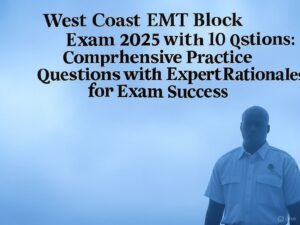


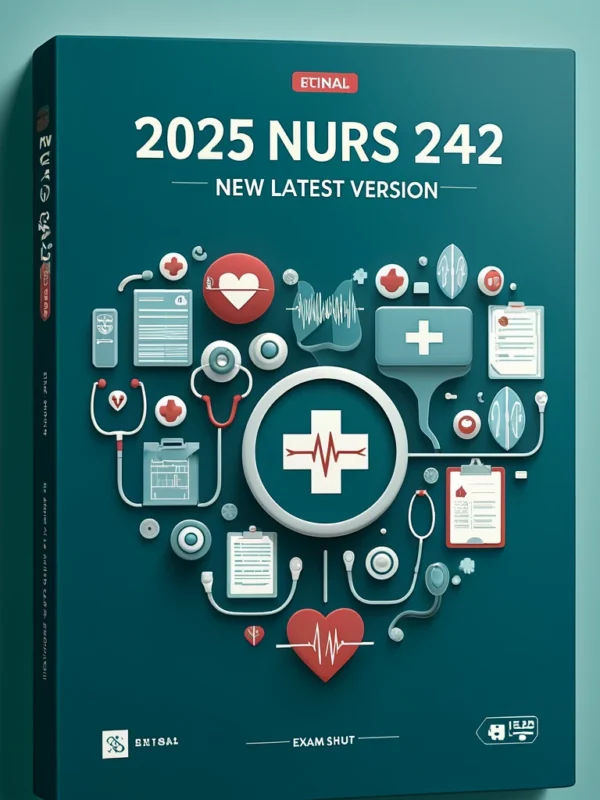
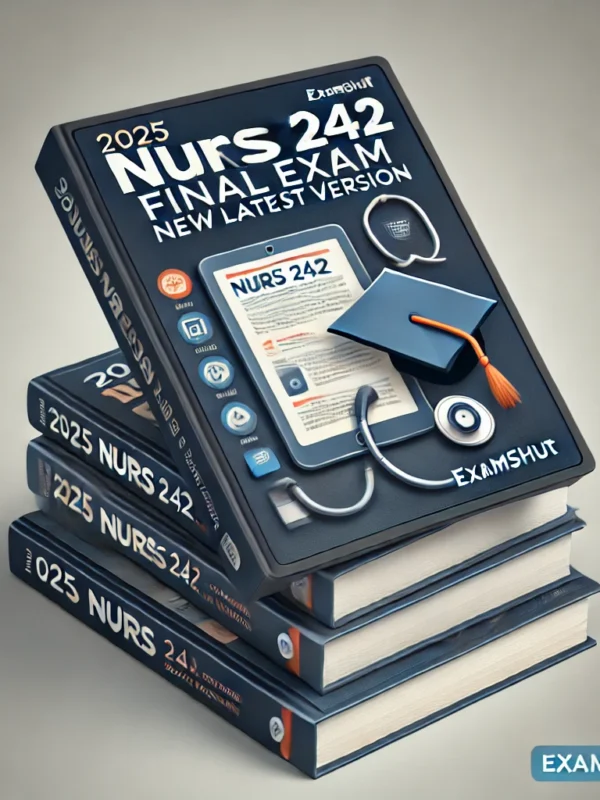
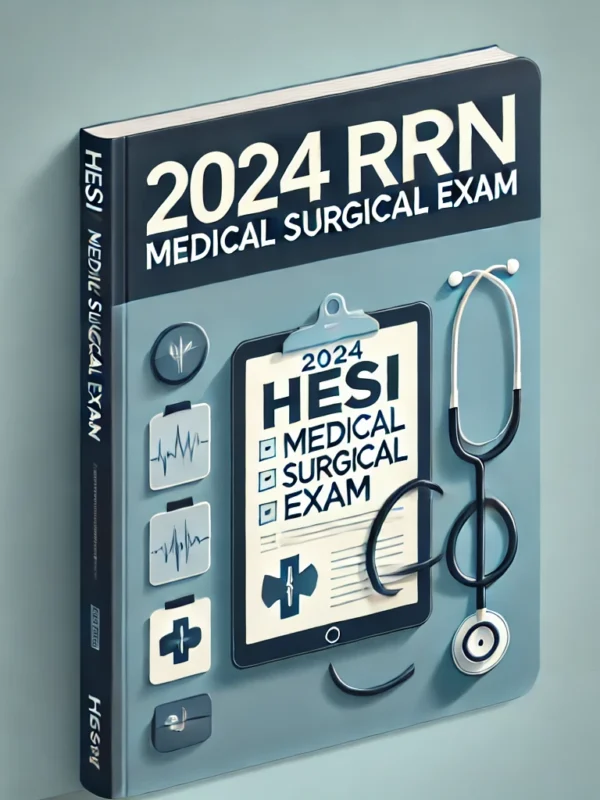
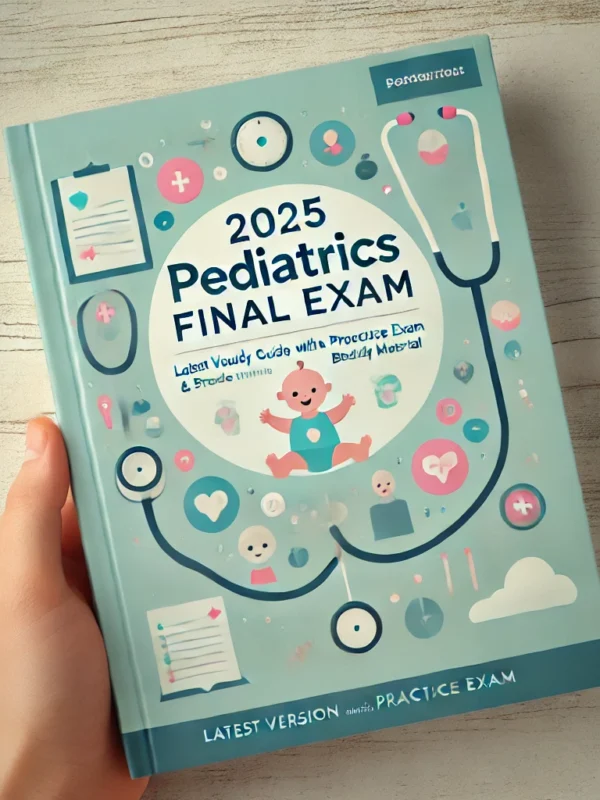
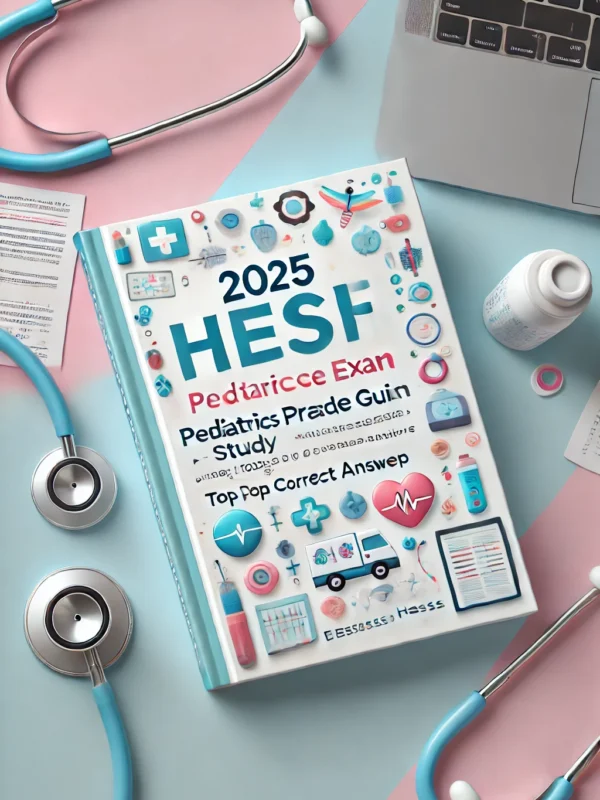
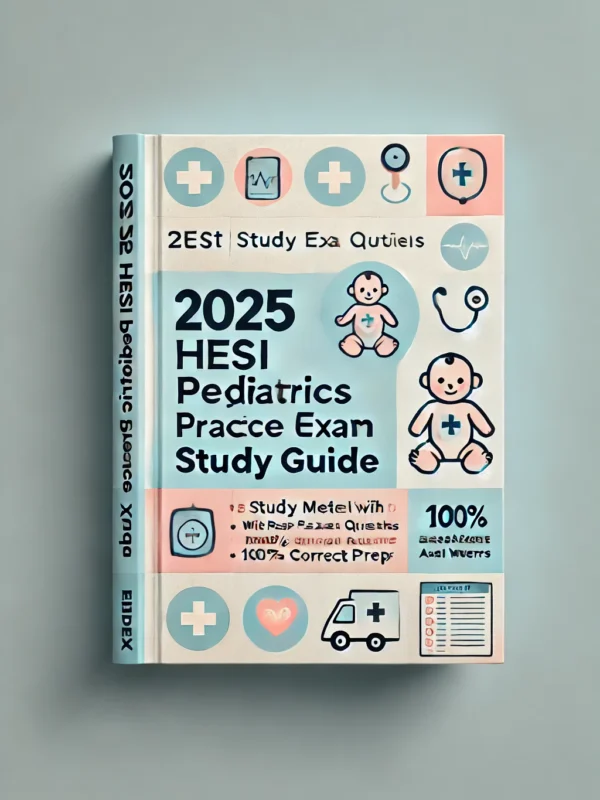
Reviews
There are no reviews yet.